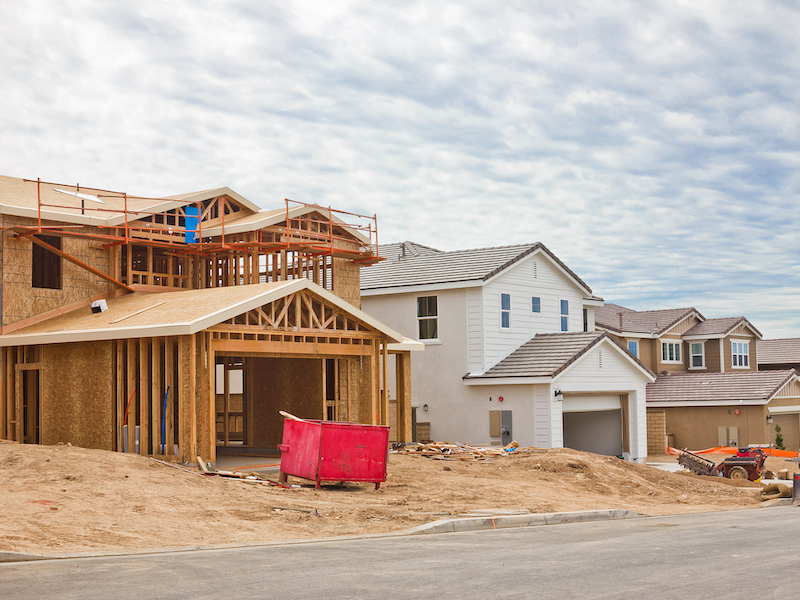
The stresses afflicting the Canadian housing market — including the lack of affordability amid a growing supply shortage — aren’t going to be resolved anytime soon, economists warn.
Despite expectations for softer home prices this spring, Desjardins Group said it doesn’t see housing affordability — as measured by household disposable income relative to the income required to qualify for a mortgage (given home prices, mortgage rates and other homeownership costs) — returning to pre-pandemic levels by the end of next year, even as financial pressures ease.
“That primarily reflects a very unaffordable starting point,” Desjardins said in a report, adding that while weaker growth will curb home prices, it will also weigh on income.
“Moreover, while we expect mortgage rates to come down from current levels over the next two years, they won’t likely reach the rock-bottom levels of the pandemic or the early 2010s,” it said.
Even as high interest rates and a weak economy help curb demand in the months ahead, the combination of high rates and elevated inflation will also lead to lower homebuilding activity this year, the report said.
“Labour shortages, very weak homebuilder sentiment, and still‐high interest rates and building costs all point to much weaker construction activity going forward,” the report said.
Desjardins added that the recent resilience in housing starts has been driven by projects that were financed before borrowing costs rose and the economy slowed.
In a separate report, CIBC economists echoed these affordability concerns.
“The current recessionary conditions in the Canadian housing market will hardly dent the affordability crisis home buyers and renters currently face,” it said.
Looking longer term, while government policymakers are increasingly eager to tackle the housing shortage, Desjardins noted it will take time for theses policies to kick in.
CIBC argued that government policy efforts to address housing shortages have also been undermined by forecasting failures.
“You cannot build an adequate supply of housing for population growth that you fail to forecast,” it said.
The report said it takes about 10 years to move from municipalities allocating land to meet future housing demand to units being built and sold. Forecasts for population and housing demand from a decade ago fell far short, it said, underestimating the population by about 1.4 million people.
“And it doesn’t end here. The latest population projection from Statistics Canada released in August 2022 is already short of the actual population count,” it said.
As a result, CIBC said that by 2030, the housing construction gap could rise to five million units based on the existing population level and assuming average annual population growth of 2% over that time period.
“That significant forecasting/planning gap is a direct result of the fact that currently there are no credible forecasts, targets, or capacity plans across governments for non-permanent residents — the population which accounts for the vast majority of the planning shortfall,” the report said.
“That must change. Meaningful forecasting, targets, and integrated planning must be conducted for all permanent and temporary visa approvals to be meaningful.”